Meet Sébastien, UX/UI Product Designer
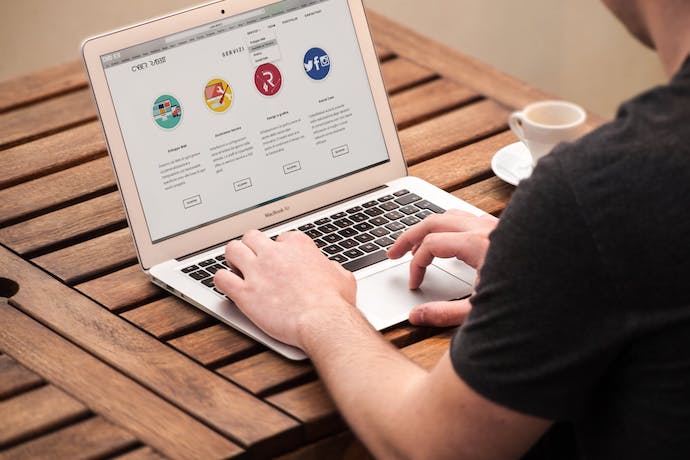
Meet with Sébastien, our UX/UI Product Designer. Do you know what his job entails? Now is the time to find out!
Today is an exciting day! We’re kicking off a new series of articles: data portraits of ODS (Opendatasoft) team members. The idea is to help you explore their professions, as well as their career paths and their passions.
Let’s get the ball rolling with Sébastien, our UX/UI Product Designer. Do you know what his job entails? Now is the time to find out!
Hello Sébastien! Could you start by telling us a bit about your career path?
I’d be happy to! I got my start by studying for two years to become a web developer. After that, while I was at my first job in this field, I taught myself web design. Three years later, while I started to get familiar with those methodologies, I set out (Editor’s note: That’s putting it mildly!) on my freelance journey. My goal was to keep on doing web development and start doing design at the same time. During that time, I got the chance to carry out a variety of assignments and see which projects I was most comfortable with, what kinds of companies appealed to me the most… Then I had a series of jobs within different corporate groups (including Viadeo). Those experiences allowed me to keep growing.
Out of all those experiences, what would you say most encouraged you to grow?
The experience of working as part of a team with people of diverse professional backgrounds. Everyone was sharing what they knew based on their career paths, and that helped me grow.
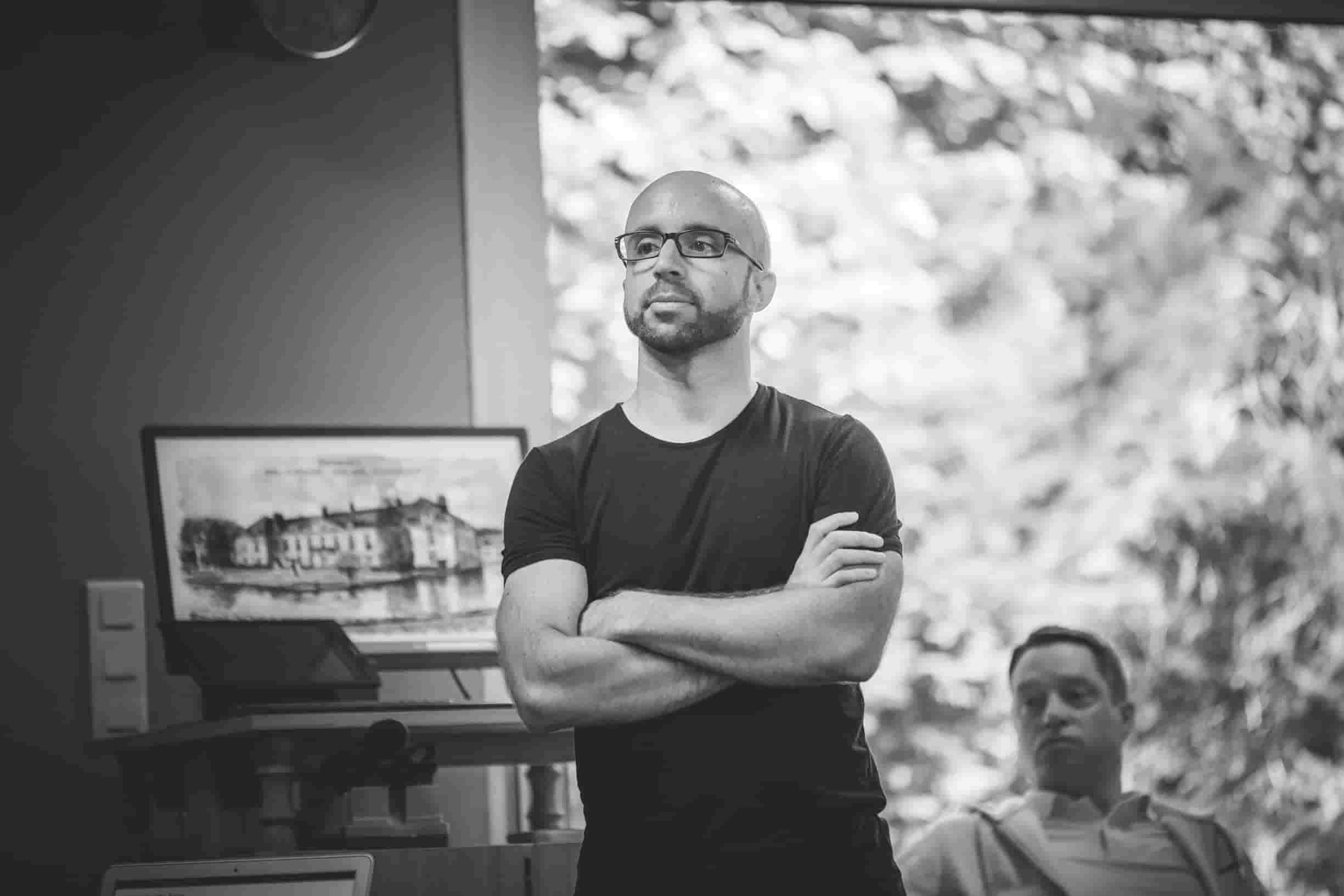 Copy to clipboard
Copy to clipboard
You joined ODS in March 2019. What assignment did the company entrust to you?
When I joined the team, there wasn’t a Designer in the Product team yet, so I got the opportunity to establish a design culture within the platform and, more broadly, throughout the company. My challenge was to make the platform esthetically pleasing while still paying close attention to users’ needs in terms of practicality.
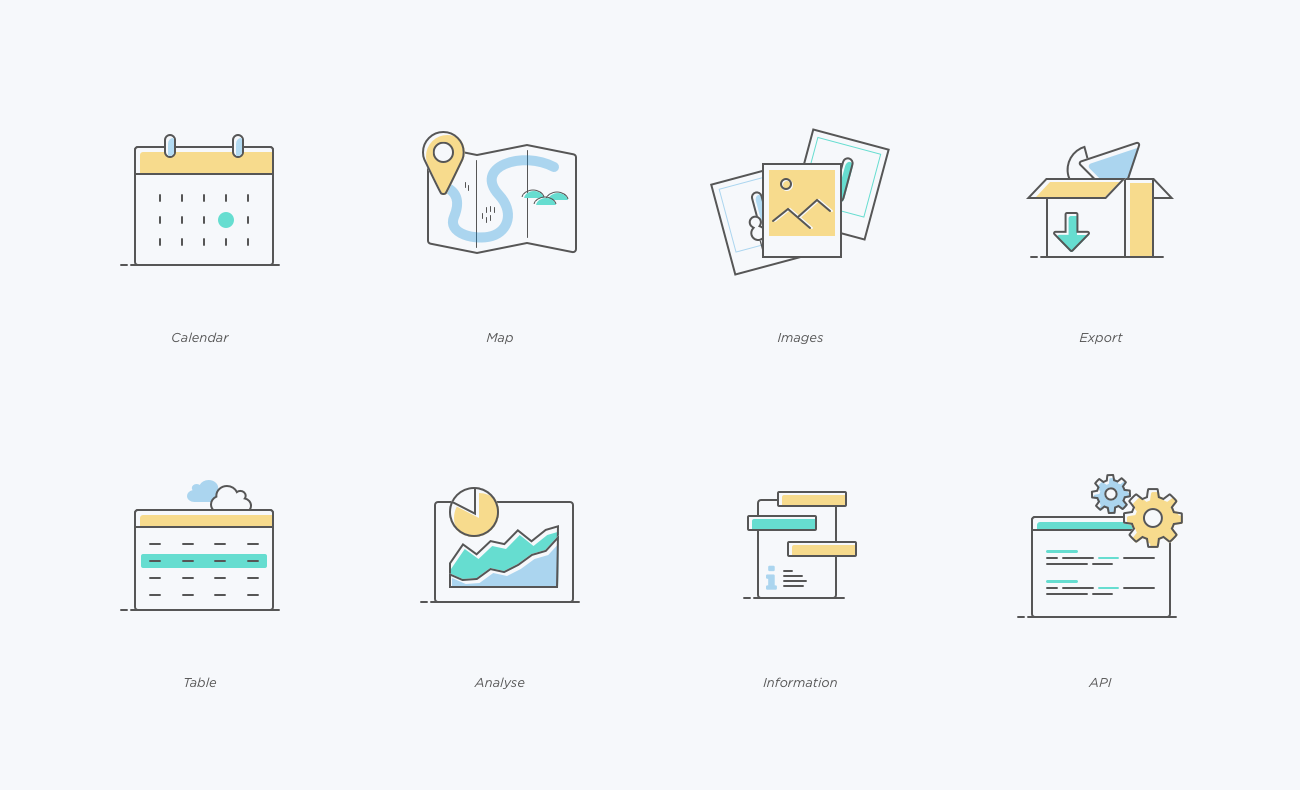
So your profession blends esthetics and practicality. Those components are very different, yet they complement one another.
Yes, exactly. When you start out in this business, there’s a temptation to use lots of visual effects, to really try to wow people. Over time, you realize how important it is to simplify, to go straight for the essence in terms of design, so the user experience is as intuitive and logical as possible. So it’s the cohesion between design and practicality that makes the product really appealing.
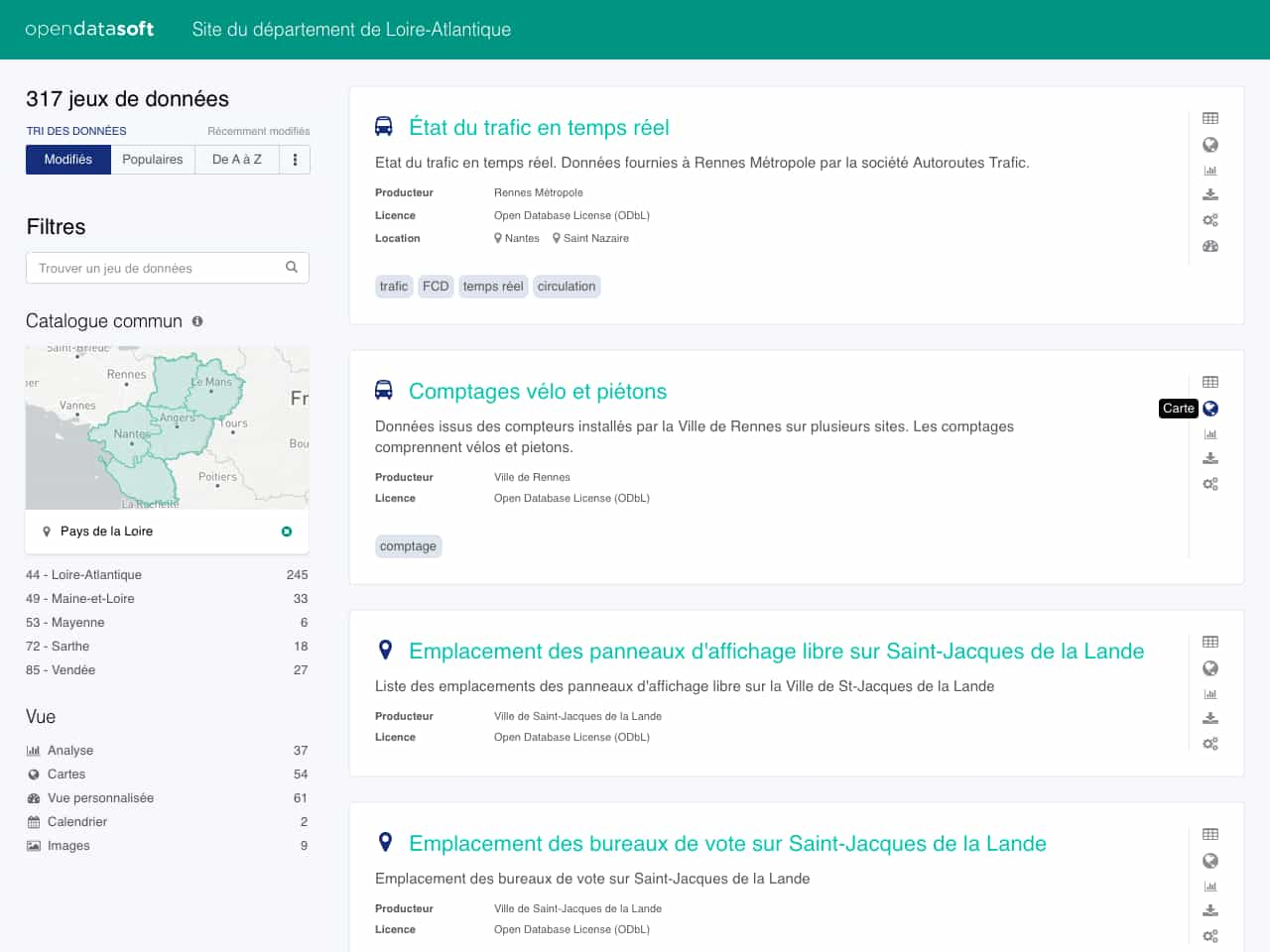 Copy to clipboard
Copy to clipboard
That’s interesting! Have you found what you were looking for here at ODS?
Yes, absolutely. More than anything, I wanted to keep learning, and I’m learning a lot at ODS. The tool is complex (in a good way ;)), which means that I’m always reassessing my “knowledge.”
Who is driving you to reassess your knowledge? Which teams have you been working with the most?
I am part of the Product team, which includes five people, and we all work together to improve the platform. I’m also in touch with the CSM (Customer Success Managers) team and the Dev (Web Developers) team on a regular basis. The CSM team gives me a lot of client feedback, while Dev people warn me about technological constraints. It’s great to come into contact with such different points of view. That enables me to deal with everyone’s reality and stay grounded.
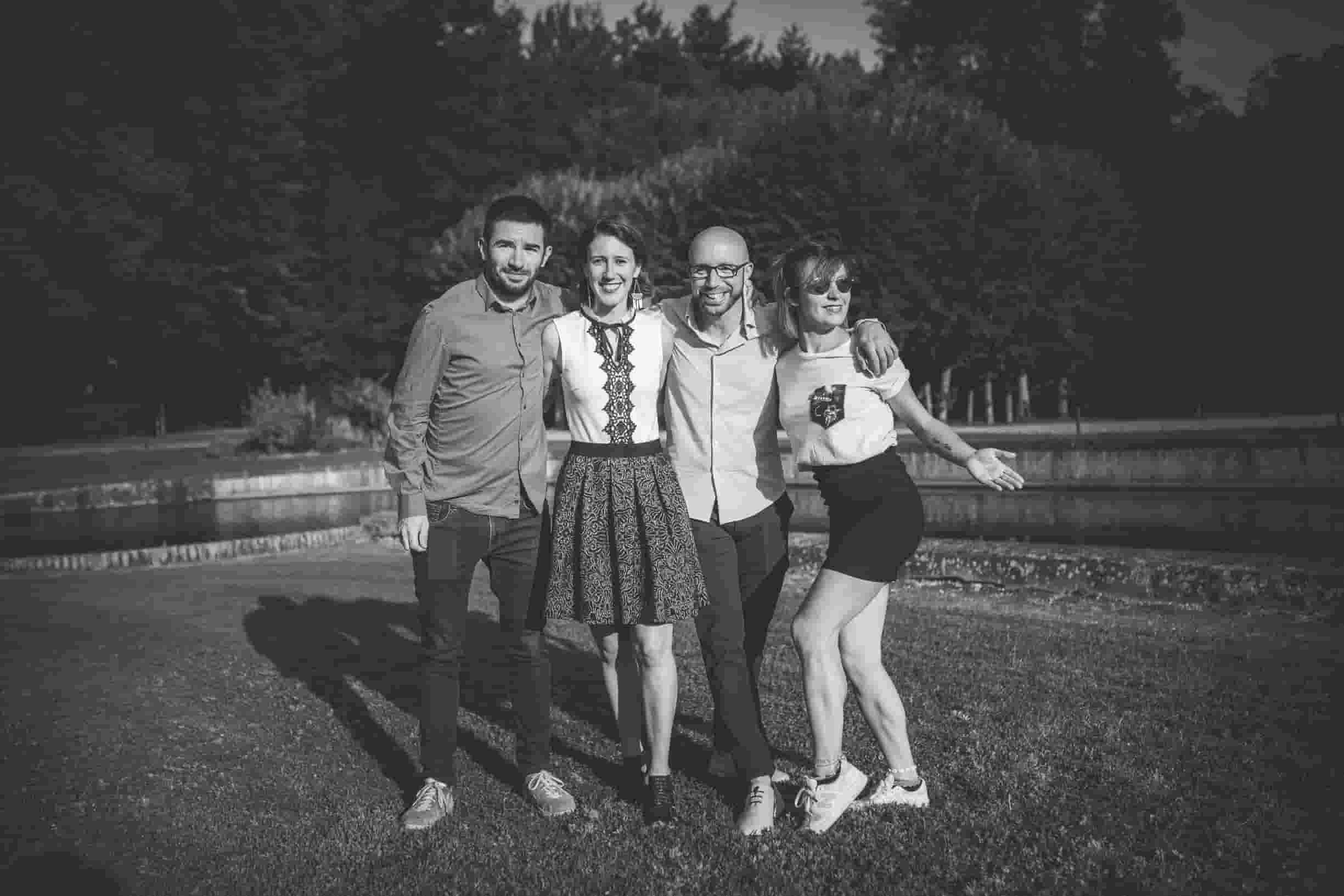 Copy to clipboard
Copy to clipboard
So let’s get to the question that everyone has been waiting for: What are your favorite aspects of your profession?
At the risk of repeating myself, the fact that I learn from my colleagues and our users every day. I also like the fact that my work gets looked at by everyone. For example, after user tests, I sometimes experience real disappointment. You have to find a way to set your ego aside and stay humble. Sometimes it’s difficult, but I love that aspect of my work … it gives me an opportunity to improve myself.
Which leads us to the next question: What character traits does a person need in order to excel in your profession?
Curiosity, because everything directly or indirectly involved with design can be interesting and rewarding. I sometimes draw inspiration from architecture, for example…
Some other necessary attributes: patience, humility, attentiveness, initiative, proactiveness (the product will always be precarious if you say yes to everything), and empathy.
I would imagine, then, that those are the attributes you were looking for during the recruitment process for the Product Designer who will be joining the team soon!
Yes, we found someone great who will be joining us in January. Welcoming and managing the new hire will be one of my biggest challenges for 2020.
Any other upcoming challenges?
The overarching mission of streamlining and improving what we already have. I want to keep creating intuitive, logical user experiences and to make the platform’s operation more uniform. And then, I also want to keep enjoying what I do and promoting design at ODS. We have everything we need to become pioneers in presenting data effectively, in a way that’s suitable for all types of users.
As we wrap up the interview, let’s take a moment to talk about you personally… What are you passionate about?
I love sports. For me, physical activity is really a release valve, since my job involves sitting in front of a screen. I box, play tennis, run, and do kung fu. Aside from that, I love mountain hiking and Wwoofing. It’s an activity that consists in immersing yourself in the life of an organic farm or garden, and it enables me to explore new worlds and other viewpoints. My absolute dream would be to blend my life as a designer with my life as a hiker and wwoofer! Maybe one day…

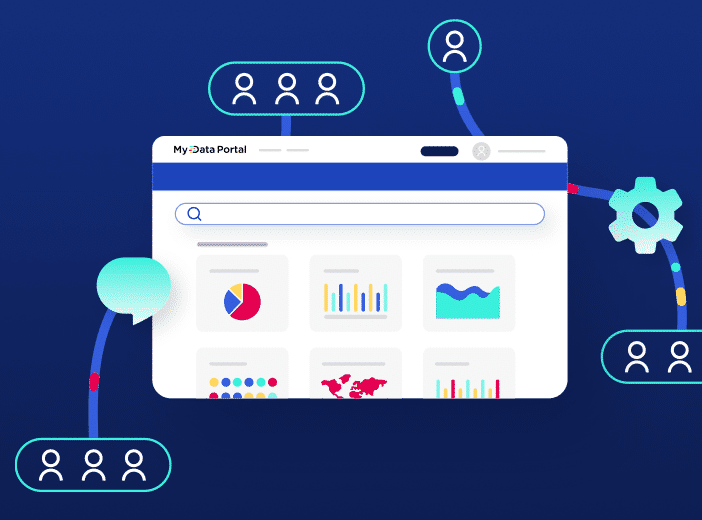
How can you break down silos and make data available to everyone within your organization, not just data specialists? How do you get employees to use data effectively in their everyday working lives? This article explains the key features you need on your data portal to engage users and maximize data sharing and reuse.

Access to accurate statistical information is key to the successful functioning of the global economy and for policymakers and businesses to make informed decisions around subjects that impact us all. How can institutions effectively and efficiently share their statistical data in an interoperable, scalable way to democratize access and build trust?

